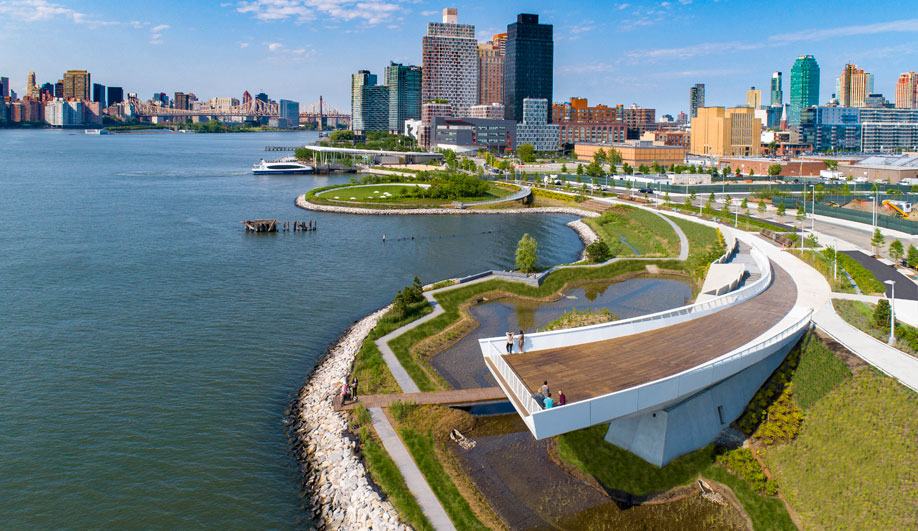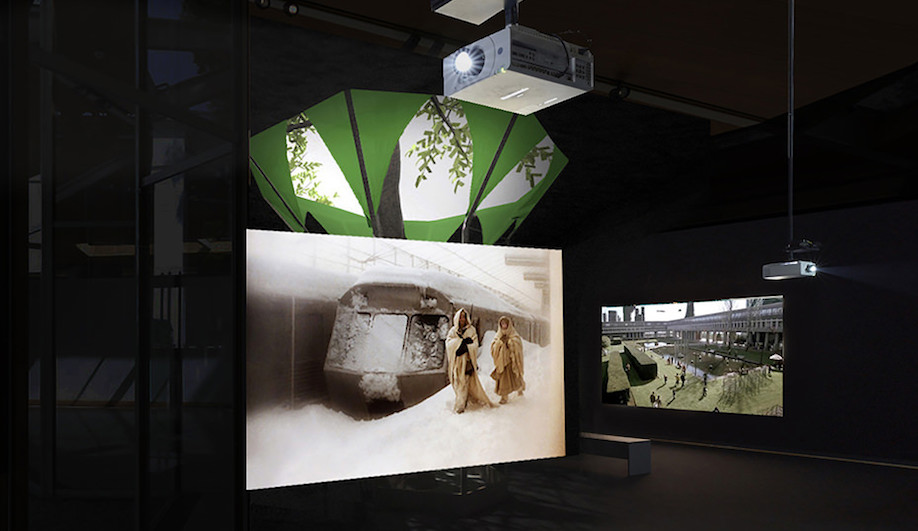An exhibit at the Canadian Centre for Architecture explores the role of reconstruction in post-conflict zones.
Can architecture be a vehicle for peace? Co-organized by the Netherlands Architecture Institute and Dutch think tank Archis, the Montreal exhibit examines the creation of space during and after war and presents case studies of projects undertaken by architects and planners in regions blighted by conflict.
Among the structures around the world intended to prove architecture’s peace-keeping ability are a skate park in Kabul built by Architecture for Humanity; a visitor centre and community hall for the Pamir-i-Buzurg wildlife reserve in Afganistan by Dutch architect Anne Feenstra; and a mixed-use complex in Rwanda by Noero Wolff Architects.
While project models are scarce, six gallery walls feature infographics on current conflicts and peace-keeping missions and at the centre of the space are tables displaying more than 200 objects, including photographs, project documents and videos.
For those who can’t make it to the CCA, the Architecture of Peace‘s website also hosts a number of videos by leading thinkers in the fields of architecture, planning and international relations. In one of them, Gerd Junne, the chair of international relations at the University of Amsterdam, insists that even though the success of post-conflict development is most obviously measured by the resulting built environment, architects can still contribute to peace-building through the planning and decision-making process.
The Good Cause: Architecture of Peace runs until September 4 and is part of the CCA’s exhibit, Architecture in Uniform: Designing and Building for the Second World War.






